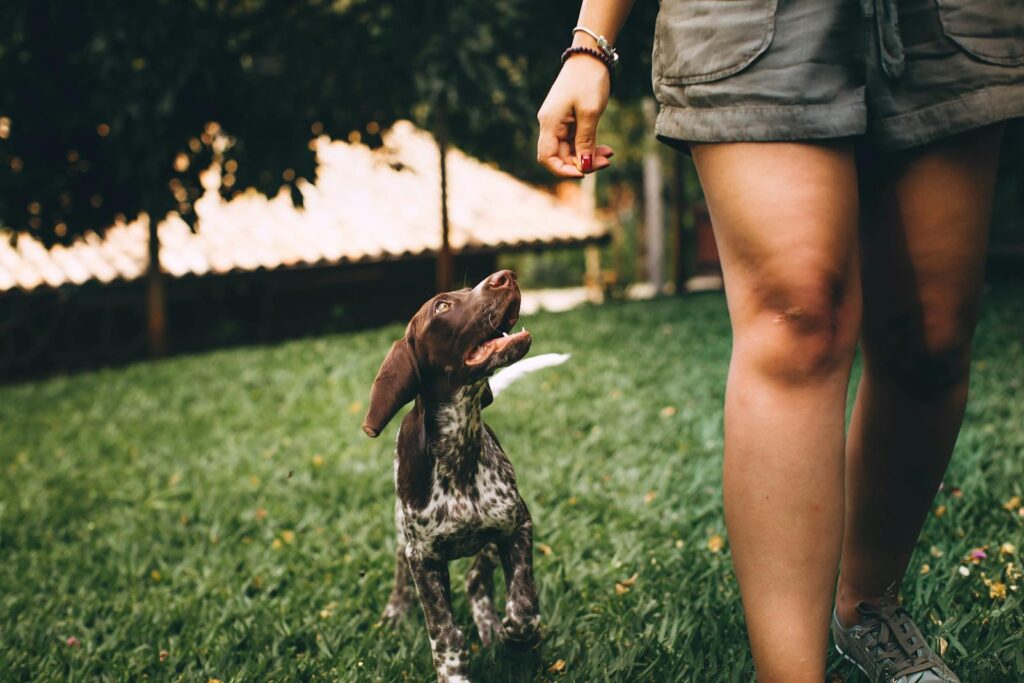A well-trained dog can be a joy to have around. In this article, the top 10 commands that should be taught to every dog will be explored. These commands will help in creating a harmonious relationship between you and your furry friend.
Basic Obedience: The Foundation
The journey of dog training begins with basic obedience commands. These fundamental instructions are essential for everyday life and safety. Besides, they form the building blocks for more advanced training.
- Sit: This command is often considered the easiest to teach. A treat can be held close to the dog’s nose and slowly moved upward. As the dog’s head tilts back, its bottom will naturally lower to the ground.
- Stay: After “sit” has been mastered, “stay” can be introduced. The dog should be asked to sit, and then a hand signal can be given. If the dog remains in place, it should be rewarded immediately.
- Come: This command is crucial for safety reasons. The dog’s name can be called followed by “come” in an encouraging tone. When the dog responds, it should be rewarded generously.
- Down: To teach this, a treat can be held close to the dog’s nose and slowly lowered to the ground. As the dog follows the treat, it will naturally lie down.
Advanced Control: Taking It Up a Notch

Once the basics have been mastered, more advanced commands can be introduced. Although these may take longer to learn, they are equally important for a well-behaved dog.
- Leave it: This command can prevent dogs from picking up harmful objects. A treat can be placed in a closed fist and the dog should be told to “leave it”. When the dog loses interest, it can be rewarded with a different treat.
- Drop it: This is useful when the dog has already picked up something it shouldn’t have. The dog can be offered a high-value treat in exchange for the item it’s holding.
- Heel: This teaches the dog to walk calmly by its owner’s side. A treat can be held at hip level and the dog should be rewarded for staying in position.
Practical Skills: For Everyday Life
The final set of commands focuses on practical skills that make daily life with a dog more manageable. These skills help dogs navigate various real-world situations with ease.
- Wait: This command is useful at doorways or before exiting a car. The dog can be asked to sit at a threshold and only allowed to pass when given permission.
- Name Recognition: The dog’s name should be said in a cheerful tone and it should be rewarded when it looks in response. This helps in getting the dog’s attention in various situations.
- Quiet: When the dog barks, “quiet” can be said firmly but calmly. The moment the dog stops barking, even briefly, it should be praised and rewarded.
In conclusion, these ten commands form the cornerstone of good canine behavior. With patience and consistency, these skills can be developed over time. Remember, every dog learns at its own pace, so patience is key in this rewarding journey of dog training.


